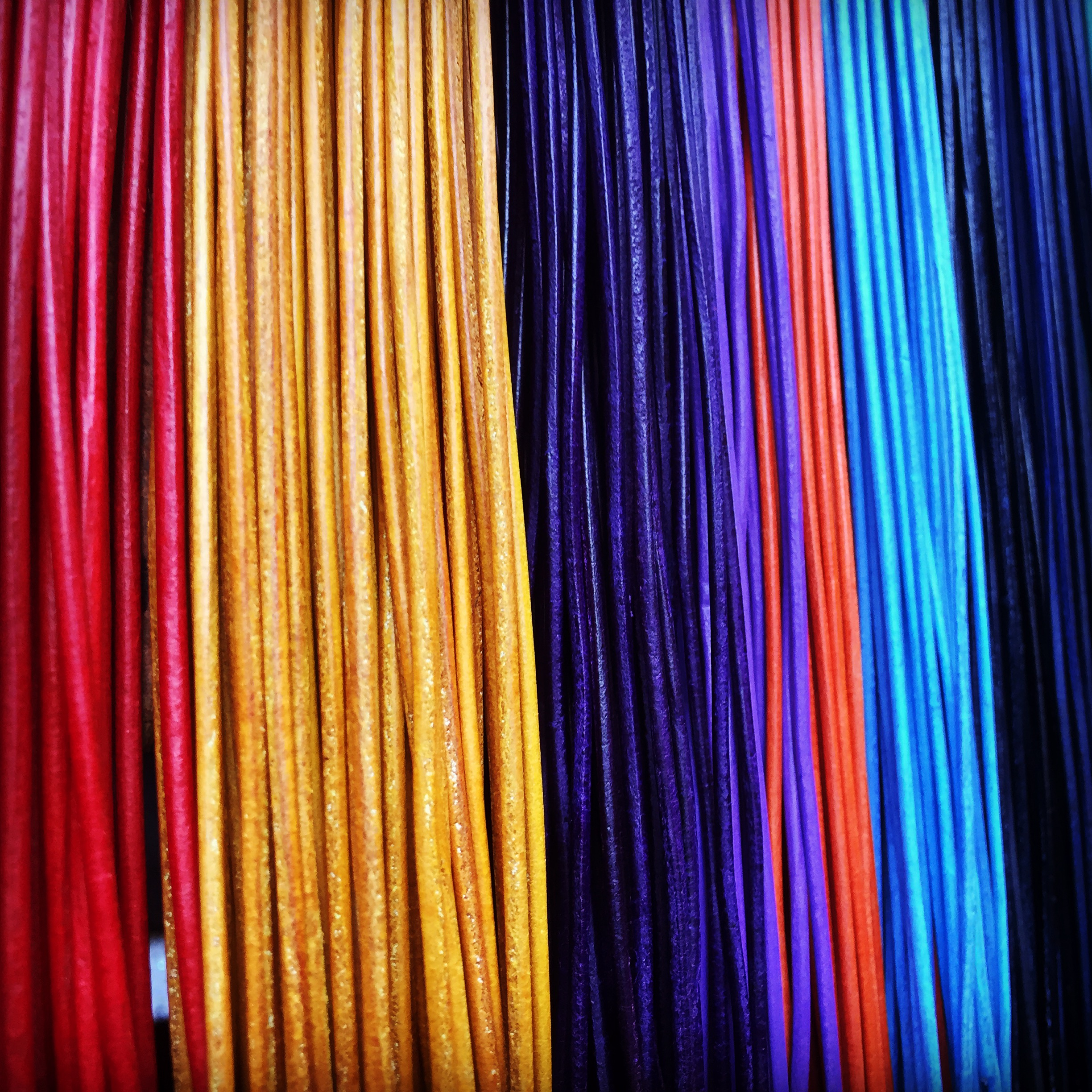Circa 2014, my husband and I were sitting in the kitchen with our friends Josh and Mel. Mel is Absentee Shawnee. I don’t recall the conversation itself, but it led us to this:
Me: “I don’t see color.”
Her: “I WANT you to see my color.”
Mel then told me how she doesn’t want her color—her culture—erased in anyone’s eyes. She wants to be seen.
When I said it—like most white people who say they’re colorblind—my conscious attempt hadn’t been to erase anything, rather to express that everyone was equal in my eyes.
When I said it, I didn’t realize something I have come to understand: “not seeing color” is a cop-out.
If I don’t see color, it’s easy to ignore the realities that surround a Person of Color. If I don’t see color, I don’t see the systemic realities for Black, Hispanic, Indigenous, and all Nonwhite Americans. The realities of social interactions for Indigenous, Black, Muslim, Hispanic, and other Nonwhite Americans. The assumptions about the behavior and culture of Nonwhite Americans. The linguistic judgments that occur before Hispanic, Black, and Indigenous Americans even open their mouths. The situationally-based assignment of color for Jewish, Hispanic, and mixed-race Americans. The ongoing history of aggression toward Nonwhite Americans from the moment the Colonists set foot on the shores of this land.
Moreover, when I don’t see color, I don’t see my own whiteness. White is a color—a color that is prioritized in America.
If I’m busy believing that I don’t see color, it’s easy to overlook when color isn’t there. If I believe that color isn’t a real and present factor in everyday life, then the absence of color will not be evident to me.
When I really think about it, the color I need to be most aware of is white. I need to notice when everything is white. I shouldn’t be in an organization where everyone is white. I shouldn’t be in a school where all the staff is white. I shouldn’t be watching TV shows where everyone is white. I shouldn’t be eating in a fancy-shmancy restaurant where everyone is white.
Obviously, there are going to be places where everyone is white because that’s the local demographic. If I’m eating at a restaurant in a town with a 99% white population, of course I don’t expect to see diversity, so please don’t read this post as a claim that there should never be a room with only white people in it. That’s not what I’m saying.
The problem arises when you have a diverse workplace, but all the management is white. When all of the teachers in a diverse school are white. When all the politicians in a diverse district/county/state/nation are white. When you live in a diverse area but everyone eating at the Michelin-Star restaurant is white. When the authors of textbooks are all white.
When all the power, all the money, all the policy, all the education is whiiiiiiiiiiiiiiiiiiiiite, I need to see that and figure out what to do about it.
So yes: I see color—including the color white.
If you read this blog post when it was first published, then you saw “White” capitalized just as “Black” is. When I was reminded that some linguists and journalists capitalize ‘Black’ but not ‘white’, I gave it some thought. Eventually, I’ll probably write a blog post about it. Until then, I’ve lowercased ‘white’ in the post. One thought I keep coming back to is, if ‘black’ and ‘white’ weren’t equal when they were both lowercase, why would they be in uppercase?
.
